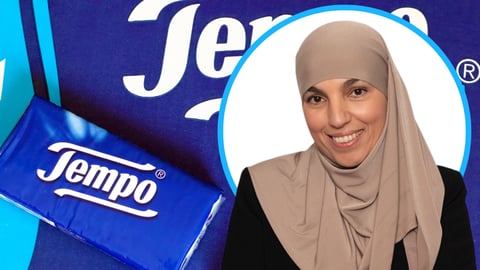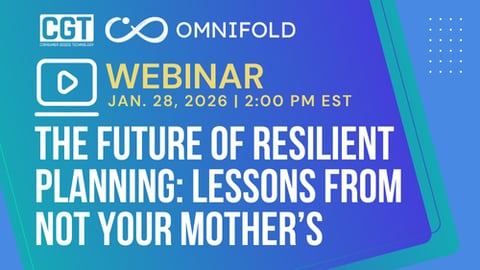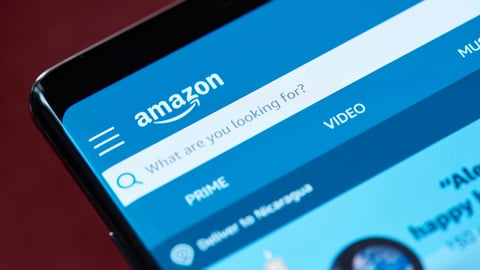Clorox Leans Into Scenario Planning for Never-Normal Supply Chain Future
Clorox shared more details on the benefits it expects to realize from enterprise resource planning (ERP) and supply chain investments as the company navigates the ongoing volatile environment.
First announced last year, Clorox’s upgrade of its 20-year-old ERP to a cloud-based system represents one step in their overall efforts to develop a modern workforce, CEO Linda Rendle said at the Barclays Global Consumer Staples Conference last week, in part by building capabilities through removing manual processes and standardizing work.
The investments are expected to provide better visibility into both consumer demand and upstream into Clorox suppliers, she noted, enabling them to marry signals together to reduce inventories and costs, and support the company’s cost-savings program.
“This is really modernizing the capabilities of the company,” said Rendle, who’s been with the company for nearly 20 years and assumed the CEO role during the height of the pandemic. “In some ways catching up across some of our capabilities, and in others continuing to lead like in digital marketing.”
[See also: Nike Deploying New ERP]
As part of its $500 million digital transformation, Clorox is also implementing a set of capabilities across the supply chain, demand creation, and innovation, including building a data lake and an insights platform.
“How [employees] work today will not be how they work in two years and how they work in five years,” Rendle said. “Today, a lot of our processes are manual, and we want to automate those, and we want to put our highest and best talent against big customer problems, against solving innovation, against working with our retailers to ensure that we execute with excellence there.”
In the shorter term, Clorox continues to focus on forecasting frequency. Whereas the company needed to only check in once per quarter pre-pandemic, more frequent forecasting is now required to ensure they’re getting the best consumer and cost environment signals, said Clorox CFO Kevin Jacobson, who added that they’re also working to improve the automation of their scenario planning.
Empty shelves formerly holding Clorox wipes became an iconic illustration of pandemic-related supply chain stress, and the company increased its safety stock and leveraged third-party contract manufacturers to more quickly fulfill demand. While supply chain stability is improving and is more stable than it’s been in the last 12-18 months, Jacobson said it's not back to a pre-pandemic environment, nor does he expect it to ever be.
[See also: Finding E-commerce Success With Tech-Fueled Supply Chain Planning]
For some perspective: Pre-pandemic, Clorox held between 52-55 days of inventory on hand, which rose to the low 60s during the pandemic, he said. They’re now at about 60 days on hand and expect to get back into the 50s.
“I don't think anyone in this environment can say they've got a crystal ball and have certainty about exactly how things are going to unfold over the next six or 12 months,” noted Jacobson. “And so we've spent a lot more time thinking about not only what's our base set of assumptions and plans, but … what is our pivot. And so that's really about scenario planning.”







